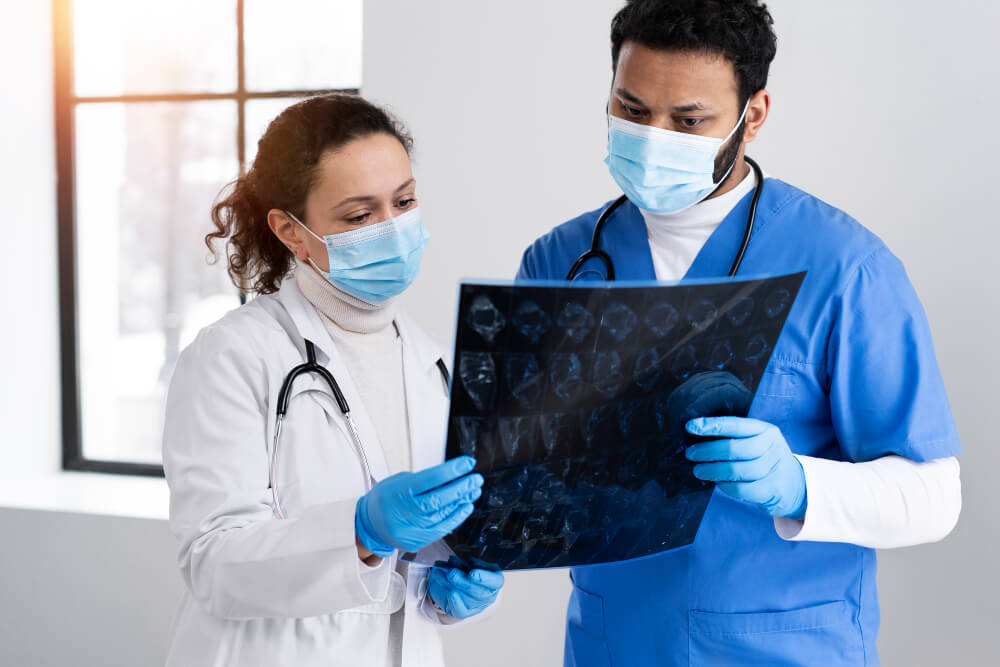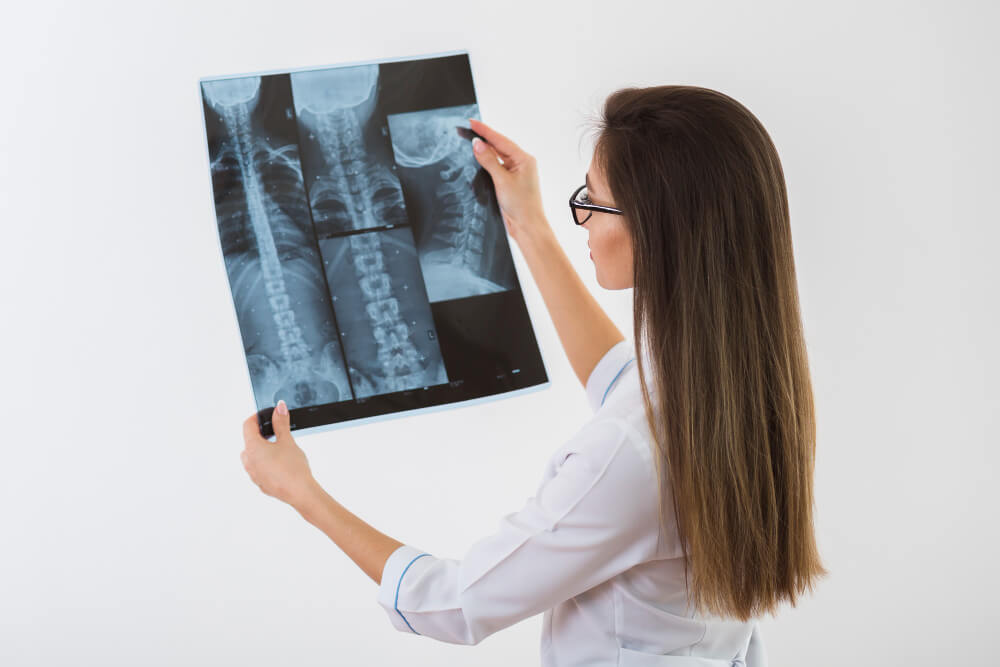X-Rays: A Crucial Tool for Diagnosing Broken Bones
X-rays are a form of medical imaging that uses electromagnetic radiation to create images of the body’s internal structures, particularly bones. They are an essential diagnostic tool for detecting and evaluating broken bones, also known as fractures.
How X-Rays Work
X-rays utilize a small amount of radiation to produce images of the bones. The radiation passes through the body, and the denser structures, such as bones, appear white on the image, while softer tissues appear darker. This contrast allows healthcare professionals to visualize fractures, dislocations, and other bone abnormalities.
Types of X-Rays Used for Broken Bones
There are several types of X-rays that can be used to diagnose broken bones:
- Plain X-rays: The most common type of X-ray used to assess bones.
- Fluoroscopy: A continuous X-ray technique used to visualize movement, such as during a joint examination.
- Tomography: A specialized X-ray technique that creates cross-sectional images of the body.
Common Types of Broken Bones
Broken bones can occur in any part of the body, but some areas are more prone to fractures:
Extremities
- Arms
- Legs
- Hands
- Feet
Spine
- Vertebral fractures
Pelvis
- Hip fractures
Skull
- Skull fractures
Symptoms of Broken Bones
Symptoms of a broken bone may include:
- Pain at the injury site
- Swelling
- Bruising
- Deformity
- Inability to move the affected limb
When to Seek Medical Attention
If you suspect a broken bone, it is important to seek medical attention immediately. Early diagnosis and treatment can help prevent complications and ensure a faster recovery.
The X-Ray Process
The X-ray procedure is generally quick and painless. You will be asked to remove any clothing or jewelry from the affected area. The radiologist will position you in a way that allows for clear images of the bones.
Interpreting X-Ray Results

A radiologist will examine the X-ray images to identify any fractures or other abnormalities. They will then provide a report to your healthcare provider.
Common Findings on X-Rays
- Fractures
- Dislocations
- Arthritis
- Bone tumors
- Infections
Treatment for Broken Bones
The treatment for a broken bone will depend on the type and severity of the fracture. It may involve:
- Immobilization Using a cast, splint, or sling to immobilize the broken bone and allow it to heal.
- Reduction Manually aligning the broken bones into their proper position.
- Surgery In some cases, surgery may be necessary to repair a broken bone or stabilize the fracture site.
Follow-Up Care
Regular follow-up appointments with your healthcare provider are important to monitor your healing progress and ensure proper recovery.
X-rays are an indispensable diagnostic tool for identifying broken bones and guiding appropriate treatment. By seeking prompt medical attention and undergoing X-ray examinations, individuals can receive accurate diagnoses and timely interventions. Early detection and appropriate treatment are crucial for ensuring a successful recovery from fractures and preventing complications. Remember, when in doubt, consult with a healthcare professional for a thorough evaluation and X-ray examination.

